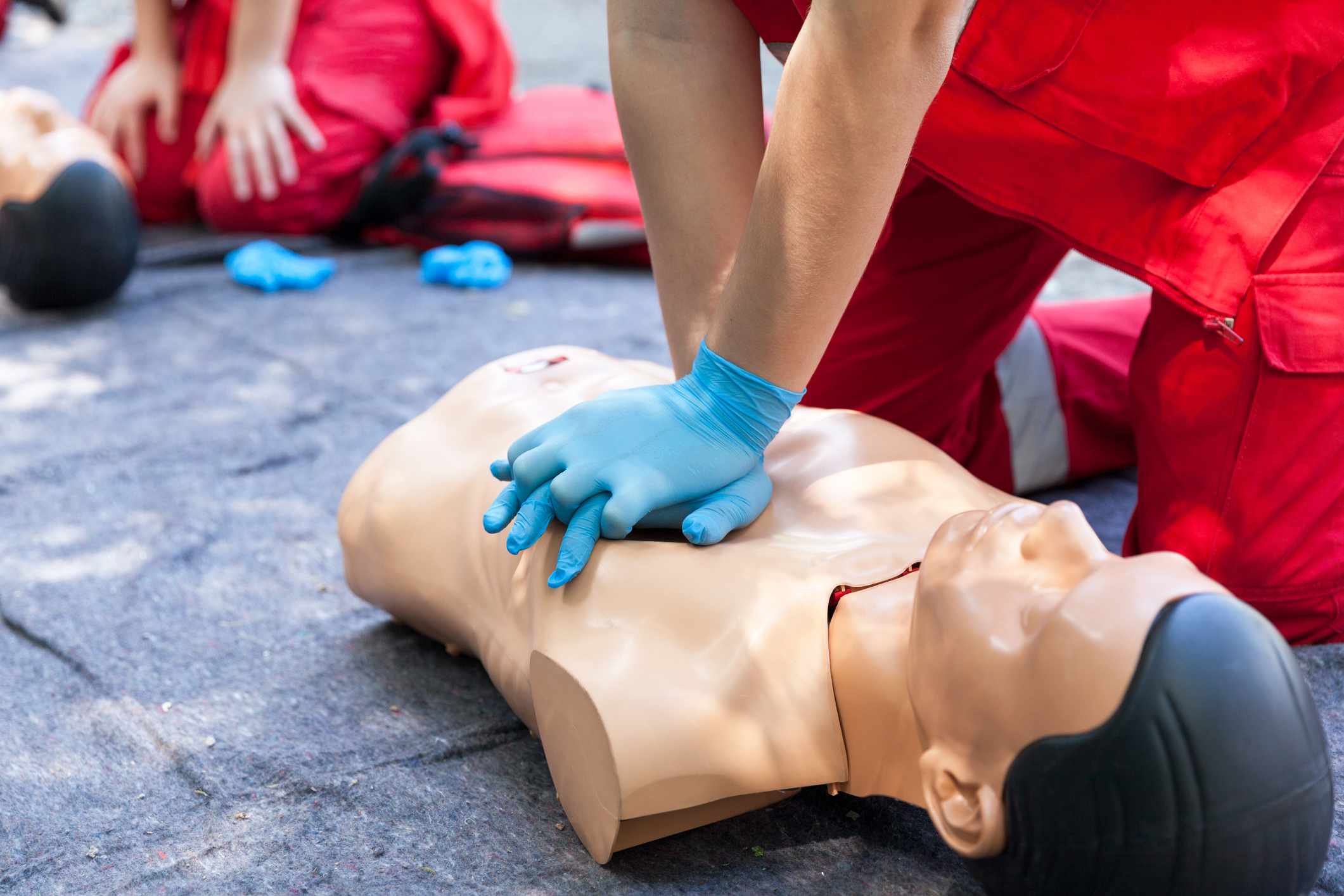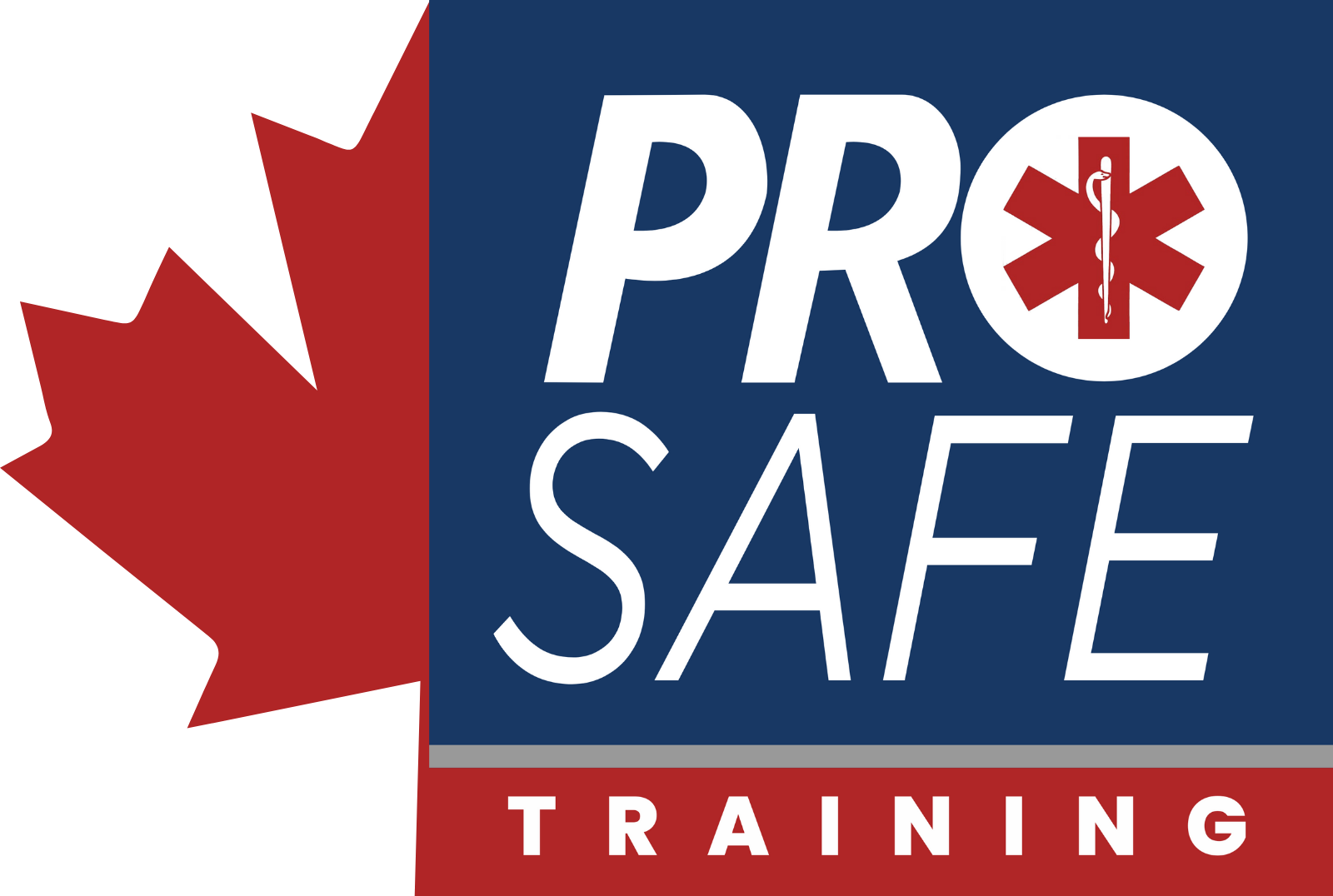Heart Attack vs Cardiac Arrest: Why Knowing The Difference May Save Someone’s Life

Heart attacks, cardiac arrest. We all know these terms – they have been rooted within our minds either through personal experience or from the media. What many people fail to understand is that, despite having obvious similarities, these health problems are different in many ways. Understanding this difference is a key step towards ensuring the victim receives the care they need to survive and recover.
Heart Attack

Heart attacks occur when the arteries that nourish the heart with blood become blocked. This prevents enough oxygen from reaching the muscle itself, which leads to the tissues slowly dying. If the blocked artery is not resolved, and medical attention not sought out, significant damage or death can occur.
We are often fed images of heart attacks as sudden, immediate events, with victims toppling over immediately. In reality, the symptoms occur across different timescales and with varying intensity. While some sufferers may feel the onset of a heart attack right away, others will slowly acquire symptoms over the course of days, or even weeks.
If you or someone near you experiences pressure, pain, or squeezing of the chest, discomfort in the arm, back, neck, jaw, or stomach, shortness of breath, nausea, dizziness, or unusual fatigue, seek medical attention immediately. Gender does sometimes determine the type of symptoms that occur. Men are more likely to feel powerful chest pains, while women may experience less obvious symptoms over the length of time leading up to the heart attack.

Calling 9-11 can ensure that the victim gets treatment right away, ideally preventing any long-term damage. If the individual is talking and breathing, there is no need to give them CPR or AED. As discussed below, heart attacks may transform into cardiac arrest, which can cause more serious harm.
Cardiac Arrest

Heart attacks are often described as being caused by ‘plumbing’ issues. In comparison, cardiac arrest is regarded as an ‘electrical’ one. The former results from blocked arteries, while the latter is a result of an electrical malfunction within the heart muscle itself.
This electrical outage causes the victim’s heart to stop beating altogether. In some cases, the muscle will no longer move or function, while in others it will continue to move in a quivering fashion known as ‘fibrillation’. Regardless of these details, without blood circulating through the body, the brain, lungs, and other organs can take some serious damage.
The impact of this trauma is apparent among its victims, who may gasp for air or lose consciousness entirely. Without a pulse, these individuals are near-death, and action must be taken without hesitation. After calling 9-1-1, CPR must be administered immediately, and continued until paramedics arrive. If an AED device is not present, extra bystanders must begin to seek one out.

Despite cardiac arrest typically having the most immediate and dramatic effects, heart attacks are still potentially deadly, and may turn into the other if not treated quickly. Even if the symptoms are unclear, and may not point directly to a heart issue, 9-1-1 must be called.
These conditions are among the most common causes of death worldwide. They can strike at anytime, and frequently occur while the victim is at home. The constant presence of cardiovascular disease makes it essential that everyone – regardless of their age or job title, understands how to administer CPR. Knowing how to act – and when – is a big piece of the puzzle that may ultimately save someone’s life.
